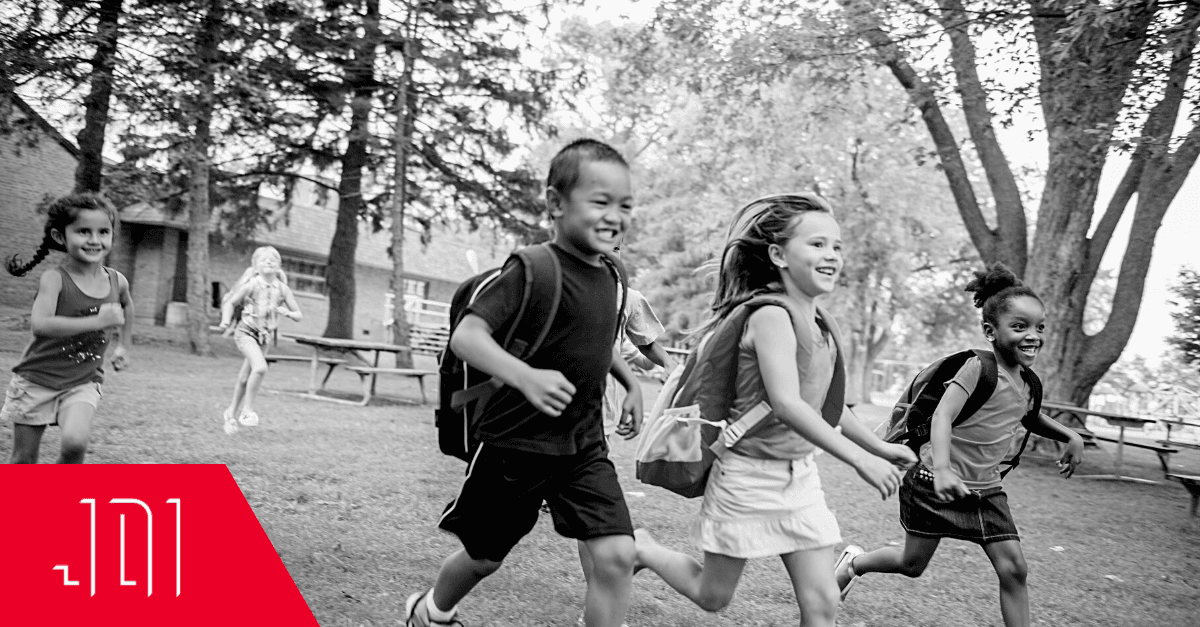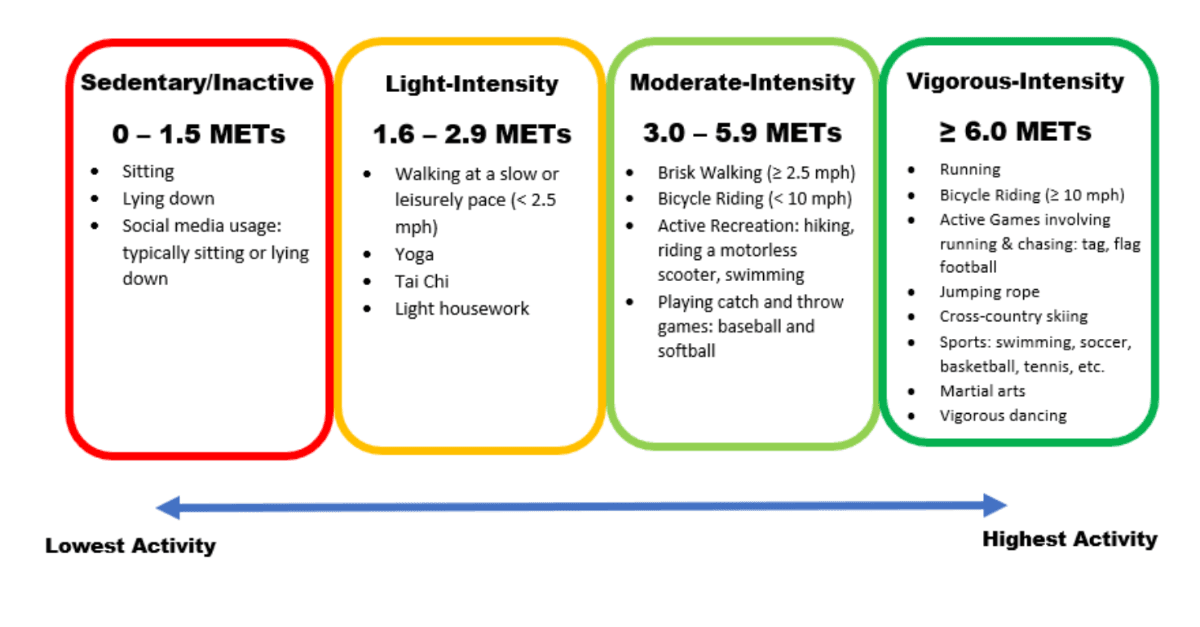Where Did All the Fun Go?
Since the emergence of the COVID-19 pandemic, the United States’ ideas about education have drastically changed, and that may not be for the better. With the noticeable social and psychological effects the pandemic has had on children during key developmental years, there has been a change in focus among administrators on getting test scores back to where they were before 2020. From increasing the frequency of practice state tests and classwork to severely restricting what can and cannot be said and taught in the classroom in relation to Common Core practices, administrators might be missing a crucial characteristic of the typical student: they are still a child.
Understanding how to best educate the typical student requires an understanding of the whole-child approach, which is the combination of the academic, psychological, physical, and social states of the child. Before the 2000s, the priorities of education focused solely on the academic and physical needs of students, and it wasn’t until the No Child Left Behind (NCLB) Act was passed that a decrease in athletics and recess time made an appearance nationwide. The “academics is key” mentality was strictly enforced for nearly a decade before an increase in child-adolescent education studies found that not only was a decrease in athletic activity detrimental to these populations, but there was also a lack of fostering the psycho-social well-being of students, decreasing their health and academic achievement.
This scores-only approach meant that schools really only had one indicator of success – the standardized test. Though each child is different in the ways they learn, every student is held to the same metrics in terms of how they take standardized tests and the scores they should receive to be successful. Just like in business, running on one KPI is a poor determinant of success: optimizing for one category at the expense of everything else makes for a lopsided and risky business strategy. While the standardized test still remains the leading indicator of academic performance, the 2010s provided a shift in the framework of how we educate children.
Through the next decade, increases in psycho-social education have entered the classroom with hopes to attend to the psychological and social needs of students by incorporating mental health resources, increasing group work activities, and providing several school-sanctioned social events. However, despite the increase of these much-needed interventions, they came at a high cost: US schools continue to reduce physical activity during the school day for fear of reducing academic time. Unfortunately, this trend still continues today in schools across the country.
Even with the whole-child approach in mind, our current education system still neglects the concept of physical activity during the school day to increase social, psychological, physical, and academic skills. Turns out, being active is a foundational part of our development as human beings: studies published over the past two decades have shown that increased physical activity and play throughout a child’s day are correlated with increased results of content understanding. Aside from academic improvements, the incorporation of play enhances a child’s motor development and executive function outside of working memory. Short-term impacts include improved sleep, motor coordination, and quality of life, while long-term impacts include improved cardiorespiratory fitness and bone strength, improved weight status, reduced risk of depression, and lower risk of all-cause mortality in adulthood.
What the Heck is Play?
The idea of play is substantially different from person to person. You may consider more sedentary activities play, while others prefer to limit their definition to more active forms of play. While there is no right or wrong answer for an individual’s perception of play, especially across generations, there are more concrete definitions of play in terms of quantitative research.
Considering the significant technological advances from the early 2000s to the 2020s, the definition of play, from a child’s perspective, has also changed – we now categorize play into active and inactive play and structured and unstructured play. With the prevalence of technology use in the forms of social media (i.e. TikTok, Snapchat, YouTube, etc.) and video games, these activities are widely considered to be forms of play but are more accurately defined as inactive play. According to exercise physiologists, exercise intensity and energy cost is measured through the metabolic equivalent of task (METs), which is defined as the amount of oxygen consumed while sitting at rest and is equal to 3.5 ml O2 per kg body weight x min. METs range on a scale of 0 to greater than 6.0, with 0 being the lowest amount of work and 6.0+ equating to vigorous intensity of exercise/work. METs increase with an increase in intensity of exercise due to an increase in oxygen consumption. Since social media usage and video game play are often performed in sitting, prone, and supine positions with very little movement, they have a MET score of “Sedentary: below 1.5”, and thus cannot be considered active play.
To be considered active play, the activity must be a form of physical activity involving gross motor movements. These movements can include total body movement in which young children exert energy in a freely chosen, fun, and unstructured manner. Regarding the type of active play, these activities can be: (1) structured: planned activities with objectives or foci in mind; deliberate, planned, and highly organized with continuous guidance from an instructor, or (2) unstructured: commonly known as free-time or leisure play. Examples of structured play include PE classes, classroom brain breaks, and organized sports, while examples of unstructured play include free time and recess.
Active play is a mechanism for increasing levels of physical activity, whether structured or unstructured. According to the Physical Activity Guidelines for Americans (PAG), which is a compilation of data and recommendations from the CDC and the US Department of Health and Human Services, which addresses the minimal requirements to maintain physical and cognitive health across the lifespan, it is recommended children engage in 60+ minutes of physical activity per day.
The Impact of Active Play on Early Development
We know the immediate detrimental effects of living a sedentary lifestyle, including but not limited to obesity, low cardiorespiratory fitness, high blood pressure, and increased risk of heart disease and type 2 diabetes. Cognitively, those who do not engage in physical activity are more likely to stagnate in their performance or have lower memory, attention, visual-spatial awareness, and executive functions, leading to detriments in complex cognitive processes later in life. In children, engaging in inactive activity affects a crucial developmental period in their lives and positions them to remain inactive through adulthood.
To meet these requirements, active play is the best way since children (like many adults) often quickly become bored with routine exercise. By including active play in a child’s daily routine, the child’s use of their body during various play activities challenges their gross and fine motor skills, aiding in muscle development and fulfilling their physical activity requirements for the day. Children who are regularly active have a better chance of continuing these healthy habits into adulthood, increasing their chances of maintaining regular physical activity across their lifespan and increasing the likelihood of remaining healthy when they enter adulthood.
In addition to the physical benefits of active play, play is necessary for learning and cognitive function. When play is incorporated into a child’s routine, it enhances attention, memory, self-regulation, and overall academic achievement throughout their childhood. Different methods of play, ranging from games involving gross motor movement to board games or technology games, require the brain to perform various executive functions such as cognitive flexibility, inhibitory control, and working memory, all of which translate to academic success. In contrast, research has also found that overweight children tend to have lower cognitive functioning in terms of visuospatial organization and general mental ability, reinforcing that a lack of physical activity, whether in the form of play or not, is detrimental to the academic performance of the child. Ultimately, the intention of increasing academics to improve achievement by removing play and physical activity opportunities from the classroom undermines the achievement-oriented outcomes policy-makers and administrators are hoping to see.
What can we do?
NCLB and its successors were passed with the best of intentions, yet the implementation forces our public schools to make difficult daily decisions about how time in school should be allocated. Teachers and administrators are often left with few options other than removing highly necessary physical activity from the schedule. They should recognize that times are changing – that children are physically unable to sit at their desks, stare at lecture materials, and work for long periods of time, most times ranging from 45 to 90-minute blocks. To put it in perspective, adults who work in office settings typically have the liberty to stand up, stretch, hang out in the break room, and take time to converse with their colleagues whenever they need to address their physical, social, emotional, and psychological needs. In comparison, many children are required to sit still for long periods of time with little to no breaks, and direct socialization often gets kids in trouble.
The removal of physical activity and play is unnecessary and unwise: not only does the research show that physical activity often improves academic achievement, but it also shows that physical activity intervention does not adversely affect performance by replacing academic time. In fact, active play improves the overall quality of learning time. Should education policy continue to enforce decreases in play and increases in academic sedentary time, a continued trend of decreased physical fitness in children will persist and no enhancement of academic performance will be the result. To improve the overall academic quality and the health of children, administrators and advocates of public education reform should explore ways to increase and incorporate active play throughout the school day.





